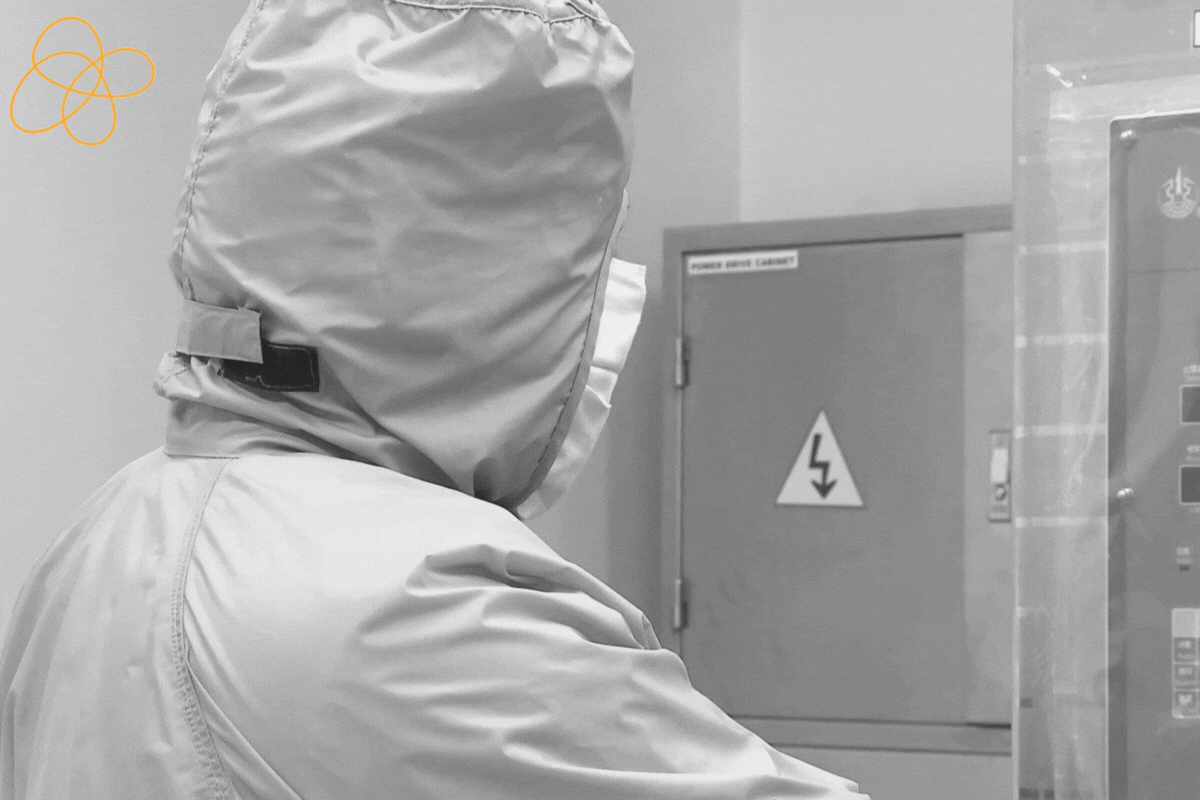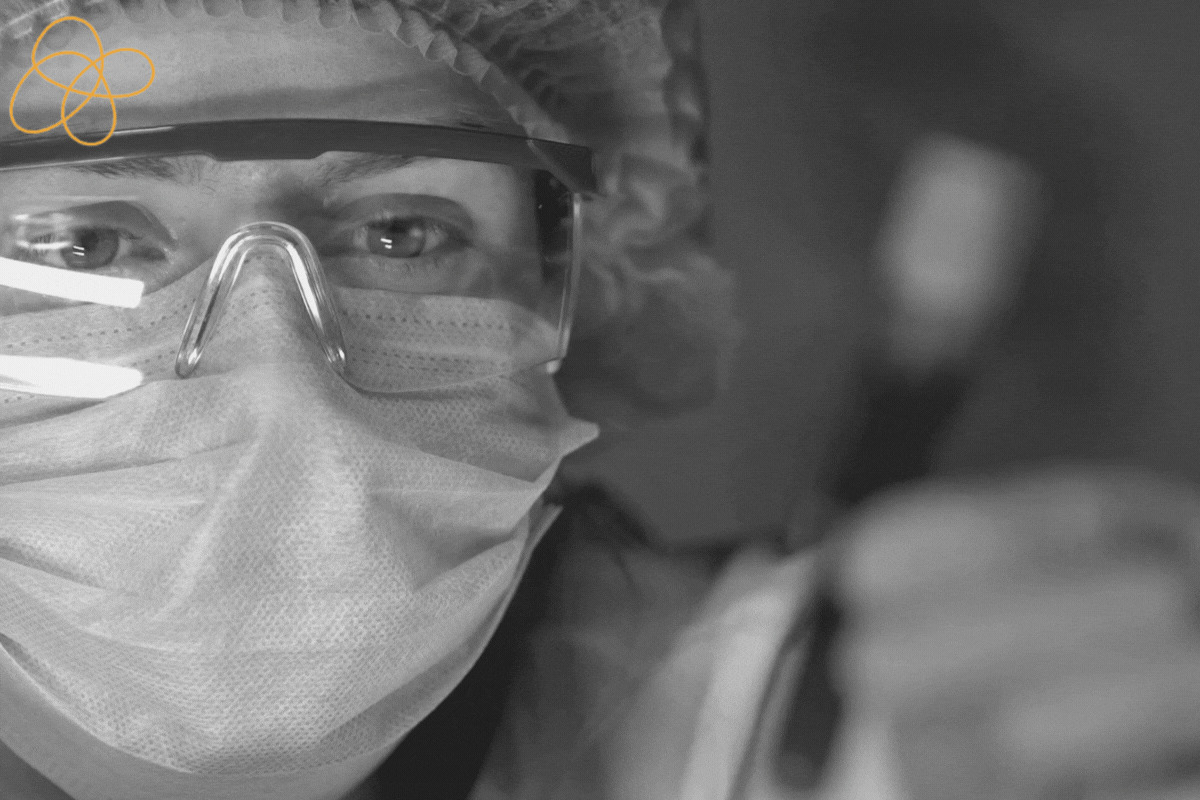Ensuring Regulatory Compliance: Key Considerations for Developing a “Robust” Drug Substance Manufacturing Process
The Key to Quality: Developing a Robust Drug Substance Manufacturing Process
Developing a robust drug substance manufacturing process is a complex and highly regulated process that requires strict adherence to quality and regulatory standards. The key to ensuring success in this endeavor lies in a comprehensive approach that takes into account all aspects of the manufacturing process, from initial development to final production.
One of the most important aspects of developing a robust drug substance manufacturing process is establishing a solid foundation of scientific knowledge. This means understanding the properties and characteristics of the drug substance, as well as the mechanisms of action and potential risks associated with its use. This knowledge is critical for determining the appropriate manufacturing processes, ensuring consistency in quality and purity, and identifying potential sources of variability that may impact product performance.
To achieve a robust manufacturing process, it is also essential to establish a comprehensive quality management system (QMS). This system should be designed to ensure that all aspects of the manufacturing process are subject to rigorous quality controls, including materials sourcing, process development, process validation, and final product release. The QMS should be supported by a team of highly trained and experienced professionals who are responsible for ensuring compliance with all relevant regulatory requirements and standards.
Another critical aspect of developing a robust manufacturing process is to employ a risk-based approach to process development and control. This means identifying and evaluating potential sources of risk throughout the manufacturing process and implementing appropriate measures to mitigate those risks. This approach includes both proactive measures, such as process optimization and the use of quality by design (QbD) principles, as well as reactive measures, such as root cause analysis and corrective action and preventive action (CAPA) processes.
Finally, the success of a robust drug substance manufacturing process depends on a strong partnership between the manufacturer and regulatory authorities. This includes open and transparent communication throughout the development process, as well as a willingness to collaborate and share data and information. By working together, the manufacturer and regulatory authorities can ensure that the manufacturing process is optimized for both quality and regulatory compliance.
Considerations when establishing Regulatory Starting Materials, what Data to Consider
Regulatory starting materials (RSMs) are critical components of drug manufacturing processes, and their quality and suitability can have a significant impact on the safety and efficacy of the final drug product. When establishing RSMs, several key factors should be considered, and various types of data that should be evaluated.
- Quality and Purity: The quality and purity of RSMs are critical factors that must be considered during their establishment. Manufacturers should obtain information about the quality and purity of the starting materials, including specifications, analytical methods used for testing, and data related to impurities and contaminants.
- Characterization: The characterization of RSMs is important for understanding their physical and chemical properties, such as molecular weight, particle size distribution, and solubility. Manufacturers should obtain data related to the physical and chemical properties of RSMs, including data from spectroscopic and chromatographic methods, as well as other analytical techniques.
- Stability: The stability of RSMs is important for ensuring that they maintain their quality and purity throughout the manufacturing process. Manufacturers should obtain data related to the stability of RSMs, including data related to temperature, light, and moisture exposure, and data related to degradation products that may form over time.
- Manufacturing Process: The manufacturing process used to produce RSMs can have a significant impact on their quality and suitability for use in drug manufacturing. Manufacturers should obtain data related to the manufacturing process, including data related to equipment and facilities used, raw materials used, and process controls.
- Regulatory Requirements: Regulatory requirements for RSMs vary by region and country. Manufacturers should obtain information about regulatory requirements for RSMs in the regions where their products will be sold, including data related to registration requirements, import/export requirements, and requirements for quality control and testing.
In addition to these factors, there are several other considerations that should be taken into account when establishing RSMs, including the potential for cross-contamination, the need for validation and documentation of the manufacturing process, and the potential for changes in RSM suppliers or specifications over time.
When establishing RSMs, manufacturers must carefully evaluate a wide range of data related to quality, purity, stability, manufacturing processes, and regulatory requirements. By carefully considering these factors, manufacturers can ensure that their RSMs are suitable for use in drug manufacturing processes and meet the highest standards of quality and regulatory compliance.
Timing and how many steps before the final step should RSMs be Established.
Establishing regulatory starting materials RSMs is a critical part of the drug manufacturing process, and the timing of this step can have a significant impact on the success of the overall process. In general, RSMs should be established as early as possible in the drug development process, ideally before initiating Phase 1 clinical trials.
RSMs are typically established after the drug substance has been identified and characterized but before the manufacturing process has been fully optimized and validated. This allows manufacturers to identify and address any potential issues related to the starting materials’ quality, purity, and suitability early in the development process before they become more complex and costly.
In practice, the exact timing of establishing RSMs may vary depending on the complexity of the drug substance and the manufacturing process, as well as other factors such as the availability of resources and regulatory requirements. However, it is generally recommended that RSMs be established at least several steps before the final step in the manufacturing process, to allow for sufficient time to optimize the process and ensure that the final product meets all quality and regulatory requirements.
Ultimately, the timing of establishing RSMs should be determined based on a careful evaluation of the specific needs and requirements of the drug development process, with a focus on ensuring that the process is optimized for quality, safety, and regulatory compliance at every stage.
Regulatory considerations to take into account when developing the Drug Substance (API) Process
When developing an active pharmaceutical ingredient (API) manufacturing process, several important regulatory considerations must be taken into account to ensure that the process is safe, effective, and compliant with relevant regulations. Here are some key regulatory considerations to keep in mind:
- Compliance with GMP Regulations: The manufacturing process for the API must comply with Good Manufacturing Practice (GMP) regulations, which are designed to ensure that drugs are consistently produced to meet quality standards appropriate for their intended use.
- Control of Impurities: The process should be designed to minimize the formation of impurities and degradation products, and to remove these substances to acceptable levels through appropriate purification steps.
- Process Validation: The process must be validated to demonstrate that it is capable of consistently producing an API of the desired quality, purity, and potency.
- Analytical Testing: The process should be supported by appropriate analytical methods to control the quality and purity of the API, including methods to detect and quantify impurities and contaminants.
- Environmental and Safety Considerations: The manufacturing process should be designed to minimize the environmental impact of the API production and to ensure the safety of personnel involved in the process.
- Regulatory Submissions: The manufacturing process for the API must be described in regulatory submissions, such as an Investigational New Drug Application (IND), a New Drug Application (NDA), or a Marketing Authorization Application (MAA), depending on the regulatory pathway being pursued.
- Global Regulatory Requirements: The manufacturing process for the API must comply with regulatory requirements in all countries where the drug product will be marketed, which may include requirements for quality, safety, and efficacy.
When developing an API manufacturing process, it is essential to consider regulatory requirements from the earliest stages of development and to ensure that the process is designed to meet all relevant regulations and guidelines. By doing so, manufacturers can help to ensure that their products are safe, effective, and compliant with regulatory requirements in all regions where they will be marketed.
Process-Related impurities considerations, as well as setting in-process and final Specifications
Process-related impurities are a significant concern when developing an active pharmaceutical ingredient API manufacturing process, as they can impact the safety, efficacy, and quality of the final product. Therefore, it is essential to carefully consider the control of process-related impurities when setting in-process and final specifications.
Here are some key considerations when establishing specifications for process-related impurities:
- Identification and Characterization of Impurities: The first step in establishing specifications for process-related impurities is to identify and characterize all potential impurities that may arise during the manufacturing process. This can be done through a combination of process understanding, analytical testing, and risk assessments.
- Risk-based Approach: Once impurities have been identified and characterized, a risk-based approach should be taken to establish specifications for each impurity. This involves evaluating the potential impact of the impurity on the safety, efficacy, and quality of the final product, and setting appropriate limits based on this evaluation.
- Control of Impurities during Manufacturing: To minimize the formation of process-related impurities, appropriate process controls should be implemented at each stage of the manufacturing process. This may include monitoring critical process parameters, use of appropriate raw materials and equipment, and implementation of appropriate purification steps.
- In-process Specifications: In-process specifications should be established for critical quality attributes (CQAs) and impurities that are expected to form during the manufacturing process. These specifications should be set at appropriate process stages to ensure any deviations can be quickly detected and corrected.
- Final Specifications: Final specifications should be established for all impurities present in the final product, including process-related impurities, starting materials, and degradation products. These specifications should be set based on a thorough evaluation of the potential impact of each impurity on the safety, efficacy, and quality of the final product.
When establishing specifications for process-related impurities, it is essential to take a risk-based approach that considers the potential impact of each impurity on the final product. By carefully controlling the manufacturing process and setting appropriate specifications, manufacturers can ensure that their products are safe, effective, and compliant with regulatory requirements.
When to Lock the Process and when not to make further changes before Submission on a Marketing Application
The decision to “lock” a manufacturing process refers to the point at which the process is considered stable, and no further changes will be made before submitting a marketing application. This decision is critical, as changes made to the manufacturing process after this point may require additional validation or regulatory approval, which can significantly delay the approval of the marketing application.
Here are some factors to consider when deciding when to lock the manufacturing process:
- Process Robustness: The manufacturing process should be robust and capable of consistently producing an API of the desired quality and purity. If the process is not yet sufficiently robust, further development and optimization may be necessary before locking the process.
- Process Understanding: The manufacturer should have a thorough understanding of the manufacturing process, including the critical process parameters and their impact on the quality and purity of the final product.
- Process Validation: The process should be validated to demonstrate that it is capable of consistently producing an API of the desired quality, purity, and potency. All validation data should be reviewed and approved before locking the process.
- Regulatory Requirements: The manufacturer should have a clear understanding of the regulatory requirements for the marketing application and ensure that the manufacturing process meets all relevant requirements.
- Stability Data: Stability data should be available to support the proposed storage conditions and shelf-life of the API. Any changes to the manufacturing process after the stability study has been initiated may require additional stability data, which can significantly delay the marketing application.
It is generally best to lock the manufacturing process as early as possible in the drug development process once the process has been sufficiently optimized, validated, and reviewed. However, in some cases, it may be necessary to make further changes to the process after locking due to unforeseen circumstances or new information. In these cases, it is essential to carefully consider the impact of any changes on the stability, quality, and regulatory status of the product and to seek regulatory guidance as necessary.
Conclusion
Developing a robust drug substance manufacturing process requires a comprehensive approach that considers all aspects of the manufacturing process, including scientific knowledge, quality management systems, risk management, and collaboration with regulatory authorities. By following these fundamental principles, manufacturers can ensure that their products meet the highest standards of quality and regulatory compliance, ultimately improving patient outcomes and advancing public health.






